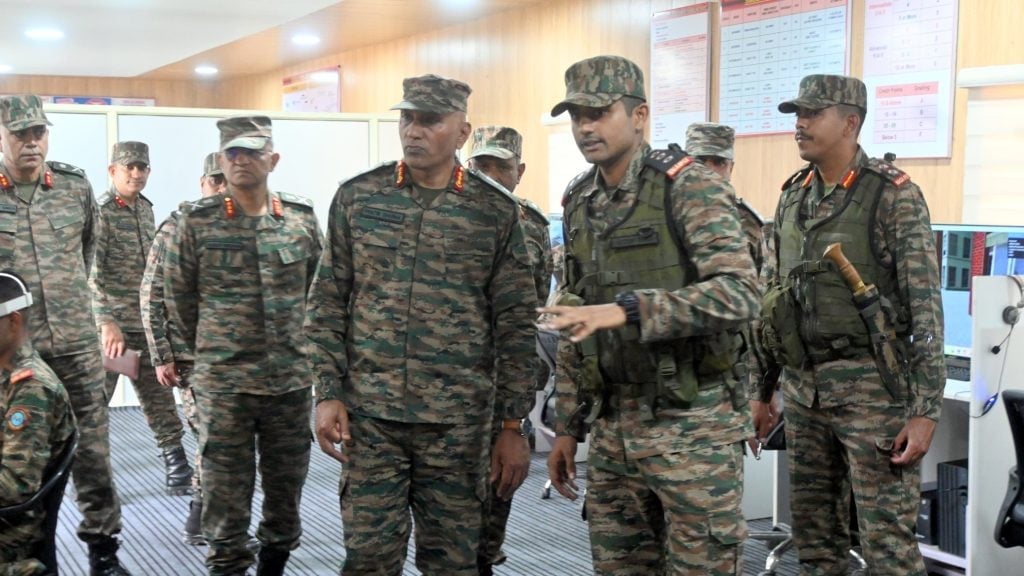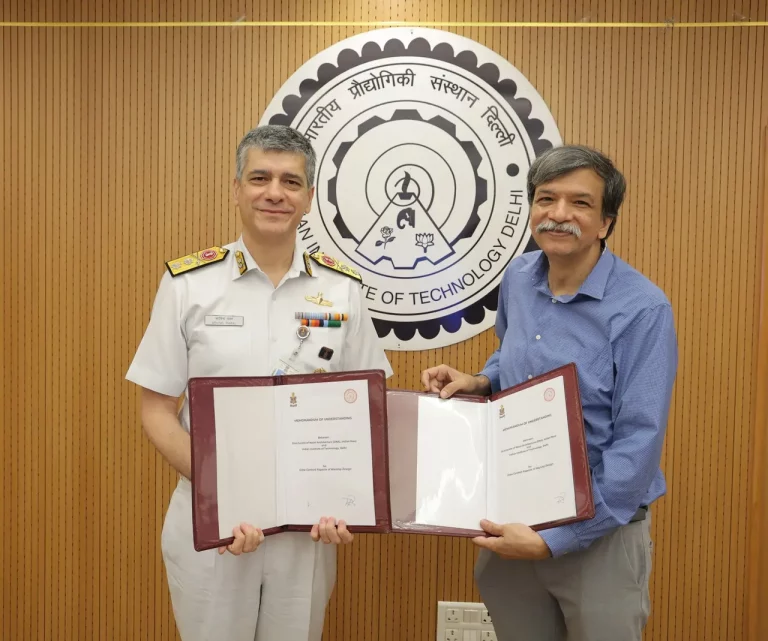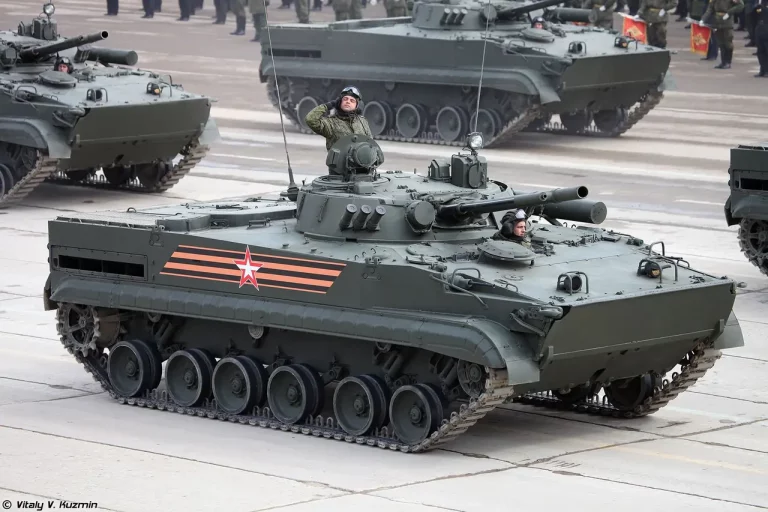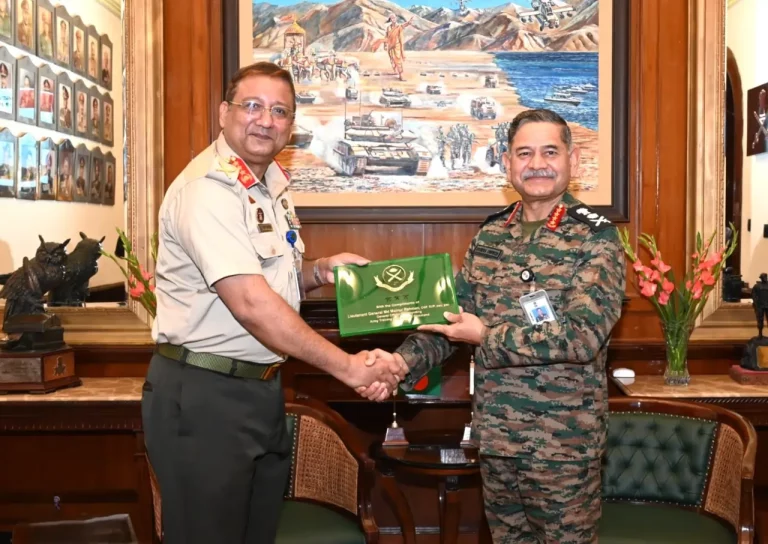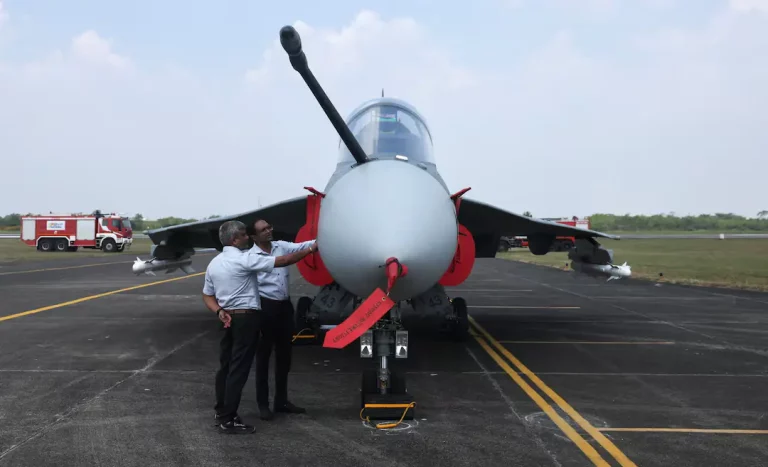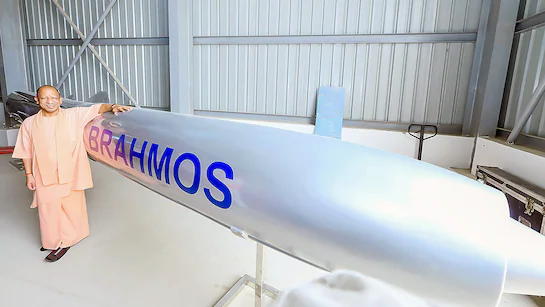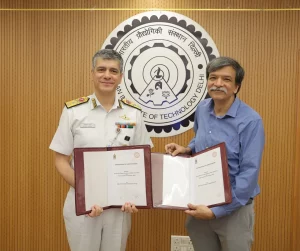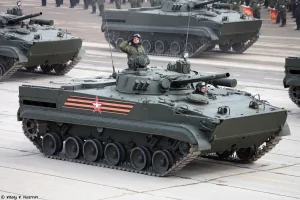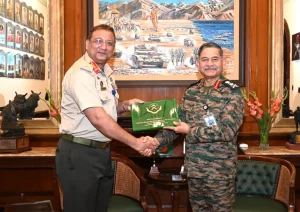The Indian Army has embarked on a significant initiative to modernize its border security operations through the deployment of artificial intelligence (AI)-enhanced surveillance systems across North and South Kashmir. This initiative is spearheaded by Lieutenant General Pratik Sharma, the recently appointed General Officer Commanding-in-Chief (GOC-in-C) of the Northern Command, and signifies a transformative approach to counter-infiltration and intelligence gathering in this strategically crucial region.
Since taking command in May 2025, Lt. Gen. Sharma has drawn upon his extensive knowledge in information warfare, gained from his prior role as the Director General of Information Warfare, to implement automated software and intelligent monitoring tools in frontline areas managed by the Chinar Corps. These advanced systems are designed to streamline the detection of threats, track suspicious activities, and oversee infrastructure developments along India’s sensitive borders with both Pakistan and China.
A pivotal moment in this modernization effort occurred during a recent operational review, where the Indian Army showcased a live demonstration of its new AI surveillance technologies. These state-of-the-art systems feature capabilities such as real-time video analysis, automated target tracking, and vehicle recognition. This technological leap mirrors innovations seen in global military paradigms, such as the U.S. Department of Defense’s Project MAVEN, which, according to a 2021 report, reportedly reduced video analysis time by an impressive 70%.
This advancement in AI technology is particularly timely, considering the escalating geopolitical tensions and the pressing need for heightened situational awareness in volatile hotspots like Tawang in Arunachal Pradesh and the Line of Control (LoC) in Jammu and Kashmir. The deployment of these systems significantly enhances India’s capacity to detect cross-border infiltration and maintain consistent surveillance in challenging high-altitude terrains.
During his assessment of the new technologies, Lt. Gen. Sharma interacted with soldiers, emphasizing both the critical nature of high readiness among troops and the increasingly pivotal role that technology plays in contemporary warfare. He commended ongoing tri-service preparedness exercises conducted by the Chinar Corps, such as the helicopter-borne joint drills executed in sub-zero conditions in Kashmir in 2021, which are aimed at bolstering rapid response capabilities across various domains.
The new AI-driven surveillance systems have been strategically positioned in multiple hotspots throughout Kashmir, markedly enhancing India’s defensive posture. These innovative tools not only improve operational efficiency but also alleviate the human burden associated with manual monitoring and analysis.
As the Indian Army continues to adapt to emerging technologies, this initiative underscores its commitment to maintaining a secure and technologically advanced defense framework. The integration of AI in Kashmir represents a critical element of India’s broader military modernization and digital warfare strategy, geared towards safeguarding the nation’s borders and fostering peace and stability in the region.
